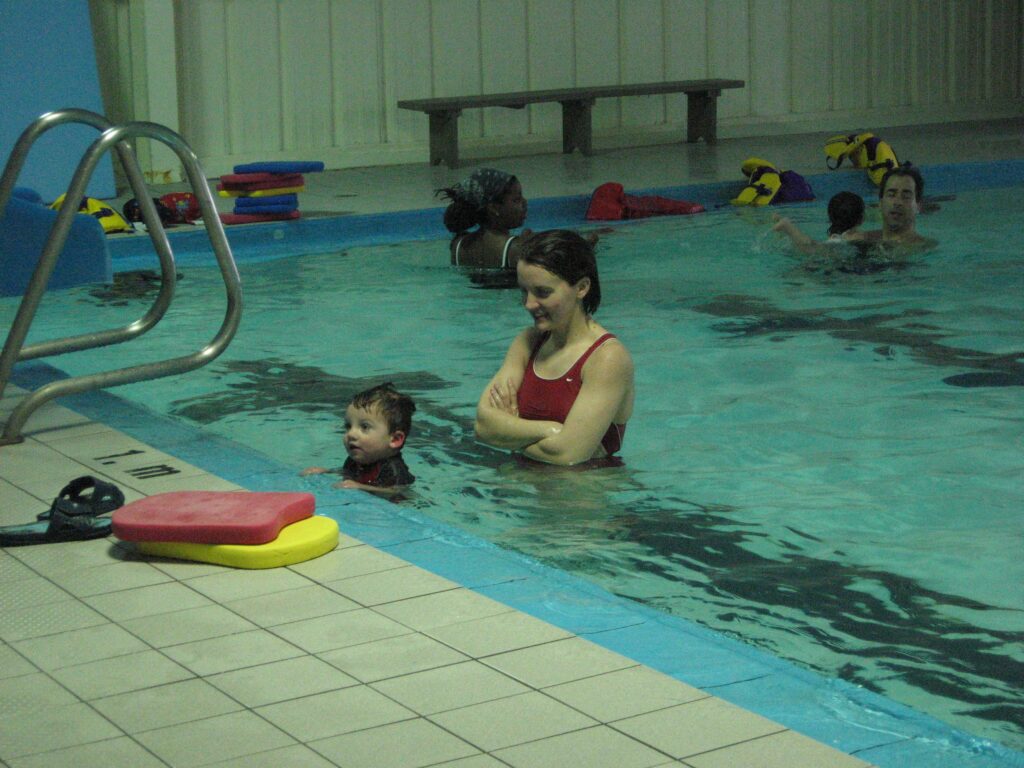
One of the most common mistakes I’ve noticed with my son’s swim instructor, is that the kids don’t listen to her, especially when she gives them a new “manipulative”. For example, first she gives all the kids swimming boards, then she tries to explain what they are to do with them (for example, kick while breathing to the side). Unfortunately, once they have their boards, the students stop paying attention, and instead start playing around with them.
This lesson is so important for math teachers when using manipulatives. This was one of those lessons I learned in my first year university (when doing my education degree). My prof told us specifically, that manipulatives are only useful if the students know what to do with them. Of course there is a tendency for kids to play around with blocks, or calculators, or protractors, or whatever. This is always the good first step in learning how to use the manipulative: the play stage. In fact, everytime we introduce some new tool/manipulative to the classroom, we should allow enough time for the “initial play”.
However, after this initial stage, there should be some learning, some use of the tool as intended by us, making the students learn with the manipulative in the direction we want them to proceed. And for this to happen, we need them to focus on the teacher for the required time to explain “what to do”. For small children, this means, that they don’t get the “toy” until everything is explained and understood.
This applies to older students also, however, with some manipulatives, such as algebra tiles, or graphing calculators, the “what to do” part is too complex without the manipulatives in hand. So the students and teacher should have an understanding, that paying attention is manditory while explanations are taking place, and no play time should be allowed at this time. Also, the “play time” gets shorter with age, as the older students have seen more in their previous classes, and not everything is a novelty to them anymore. But still, all students should have the opportunity to explore a new manipulative on their own, figure out the ins and outs on their own, understand it, internalize it, before we force our ways on them.
It’s kind of a give and take: first we let them play with the new manipulative, then we expect them to listen to us, in order to continue the teaching/learning.
Introducing a new manipulative is like introducing a new person. You need to feel them out, understand what they’re about, before being able to jump into a conversation with them, before working alongside them. Play is just natural (and will make life easier for the teacher in the long run), but needs to be tamed for some learning to take place.

